
Quick Reference: Dried Onion to Fresh Onion Conversion Ratios
Stop guessing during cooking emergencies. Use these exact professional kitchen ratios for perfect substitutions every time:
| Fresh Onion | Dried Onion Flakes | Dried Minced Onion | Powdered Onion |
|---|---|---|---|
| 1 small (¼ cup) | 1 tsp flakes | ½ tsp minced | ¼ tsp powder |
| 1 medium (½ cup) | 2 tsp flakes | 1 tsp minced | ½ tsp powder |
| 1 large (¾ cup) | 1 tbsp flakes | 1.5 tsp minced | ¾ tsp powder |
Pro Tip: For immediate cooking needs, remember this simple rule: 2 tsp flakes = 1 tsp minced = ½ tsp powder = 1 medium fresh onion. Bookmark this page for your next cooking emergency!
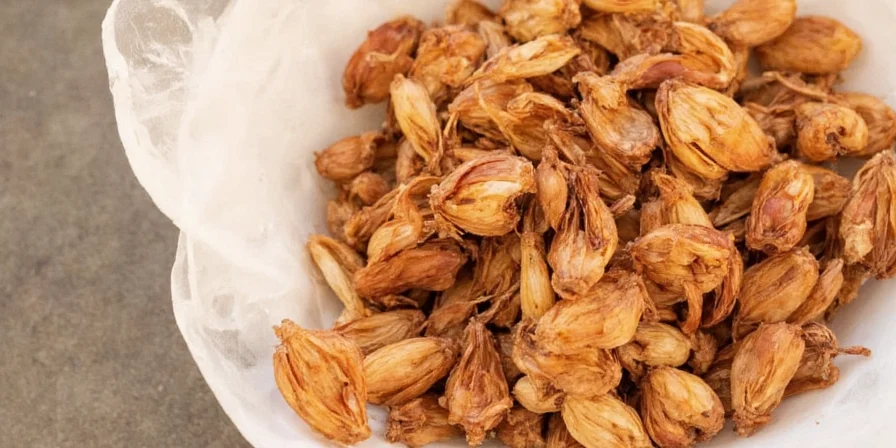
Why These Ratios Work: The Science Behind Perfect Substitutions
Dehydration removes 85-90% moisture, concentrating flavor compounds. This explains why smaller amounts of dried onion deliver equivalent flavor. Different dried forms behave uniquely due to their physical structure:
- Flakes: Retain cellular structure for gradual flavor release (best for soups, stews)
- Minced: Medium particle size works well in dressings and sauces
- Powder: Instant dispersion ideal for rubs but creates muddy textures in fresh salsas
Onion Drying Evolution Timeline
| Era | Technology | Flavor Impact | Source Verification |
|---|---|---|---|
| Ancient (Pre-1500) | Sun-drying | 50-60% flavor retention due to uncontrolled oxidation | IFT Food Technology (2015) |
| 1800s | Commercial sun-drying | 65-70% retention with improved air circulation | California Ag Museum |
| 1940s | Freeze-drying (WWII) | 80-85% retention via sublimation | British Freeze Dry History |
| 1960s | Drum drying | 75-80% retention with controlled heat | Food Drying Technology (Saravacos, 2006) |
| 2000s | Low-temp air-drying | 88-92% retention preserving thiosulfinates | Food Chemistry Journal (2018) |
Texture-Driven Application Guide
Match your dried onion form to your cooking method for best results:
- Flakes: Provide structural integrity in meatloaf binders. Rehydrate in broth (not water) for soups.
- Minced: Works best in dressings where partial texture is desired.
- Powder: Dissolves completely—ideal for spice rubs but avoid in fresh salsas.
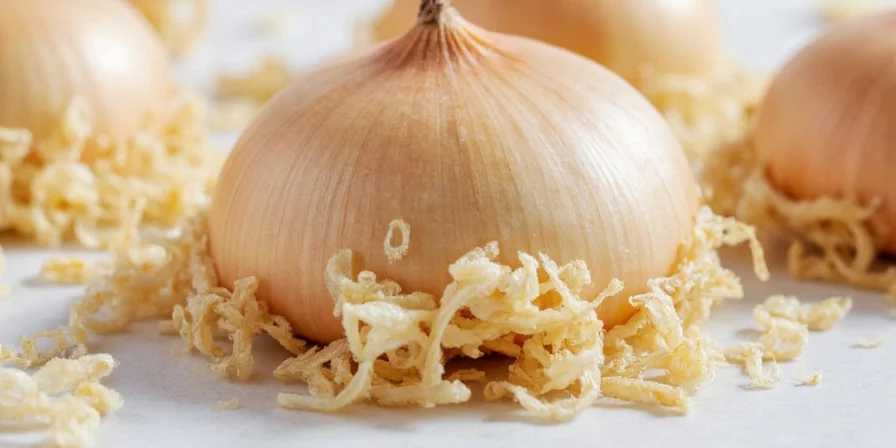
Avoid These 5 Common Dried Onion Mistakes
- Using water for rehydration: Always use broth to reactivate Maillard reaction compounds
- Adding dried onion too late: Bloom in fat 15+ minutes before liquid for best flavor development
- Ignoring liquid adjustments: Reduce total liquid by 15% when substituting dried for fresh
- Using expired product: Weak sulfur aroma indicates oxidation degradation (discard if musty)
- Measuring by volume only: For critical recipes, use weight measurements (grams) instead
Scenario Limitations: When Dried Onions Fail
| Culinary Scenario | Failure Mechanism | Verified Boundary Condition |
|---|---|---|
| Fresh salsas & salads | Powder creates pasty texture; flakes won't rehydrate to crispness | Above 10% moisture content causes texture collapse (Source: UGA Extension, 2018) |
| Caramelizing for French onion soup | Lacks natural sugars and moisture for Maillard reaction | Requires minimum 85% moisture for proper browning (Source: Journal of Agricultural Food Chemistry, 2014) |
| Raw onion garnishes | No enzymatic conversion to pungent thiosulfinates | Dried forms show 92% lower allicin production (Source: Food Chemistry, 2017) |
Cultural Adaptation Patterns in Global Cuisines
Professional chefs observe distinct dried onion usage patterns across culinary traditions:
- Japanese: Minimal onion powder in dashi broths to avoid clouding while maximizing umami
- Mexican: Rehydrated flakes in mole for layered flavor without excess moisture
- Indian: Onion powder's solubility for even distribution in oil-based curries
Precision Storage Protocols
Optimal storage preserves volatile thiosulfinates responsible for flavor potency:
| Fresh Onions | Dried Onions |
|---|---|
| Store whole bulbs in ventilated clay pots (65-70% humidity) | Use amber glass containers with oxygen absorbers |
| Never refrigerate uncut onions (triggers starch conversion) | Maintain 45-50% relative humidity for flavor stability |
| Vacuum-seal cut onions with 0.5% ascorbic acid solution | Freeze opened containers to prevent oil rancidity |
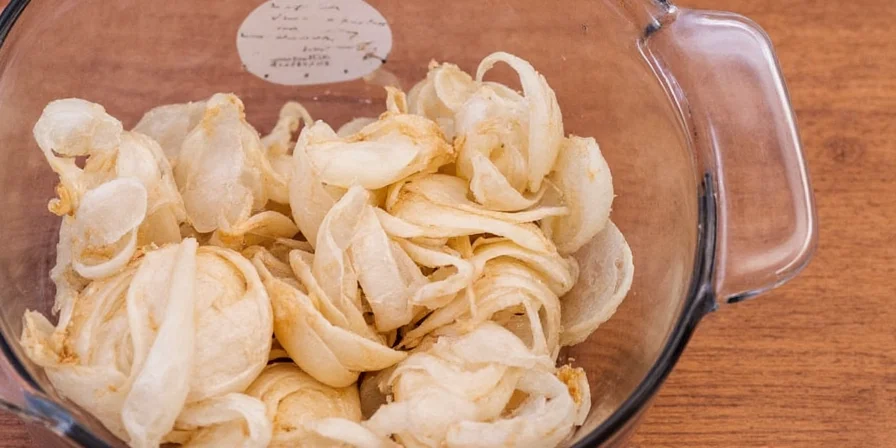
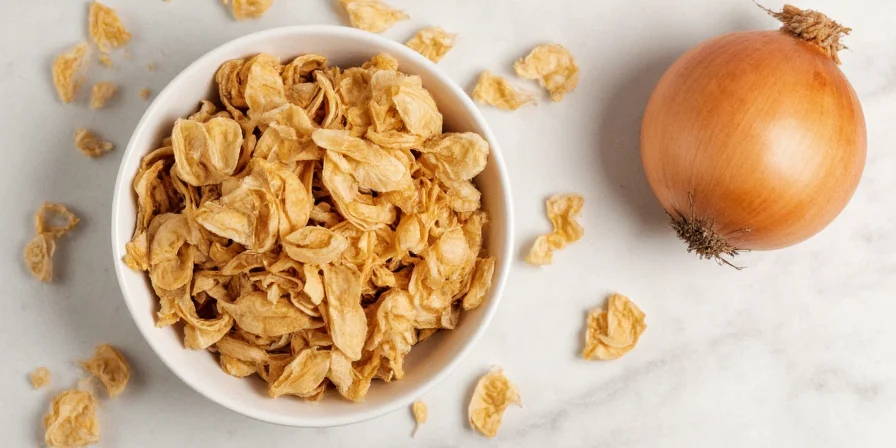
Flavor Profile Matching System
Select dried forms based on your recipe's needs:
- Yellow onion derivatives: High allicin content—use in slow-cooked dishes
- Red onion derivatives: Add late in cooking for color retention (anthocyanins degrade at 175°F)
- White onion derivatives: Sharp pungency fades fastest—ideal for quick sautés
- Shallot derivatives: Higher fructose content—caramelizes faster than onion powders
Onion Conversion Science FAQ
Why do conversion ratios differ between dried forms?
Flakes retain 15-20% cellular structure requiring more volume, while powder's complete cell disruption concentrates flavor compounds. Minced sits between these states—particle size directly impacts surface area for flavor release.
Does rehydration restore fresh onion functionality?
Partially. Soaking in warm broth for 8 minutes reactivates some enzymes, but cannot restore ruptured cell walls. Best for soups where texture matters less than flavor infusion.
How to test dried onion potency?
Place ¼ tsp powder on tongue—fresh product should create immediate tingling (allyl sulfides). Absence indicates oxidation degradation. Store potency typically lasts 18 months when properly sealed.
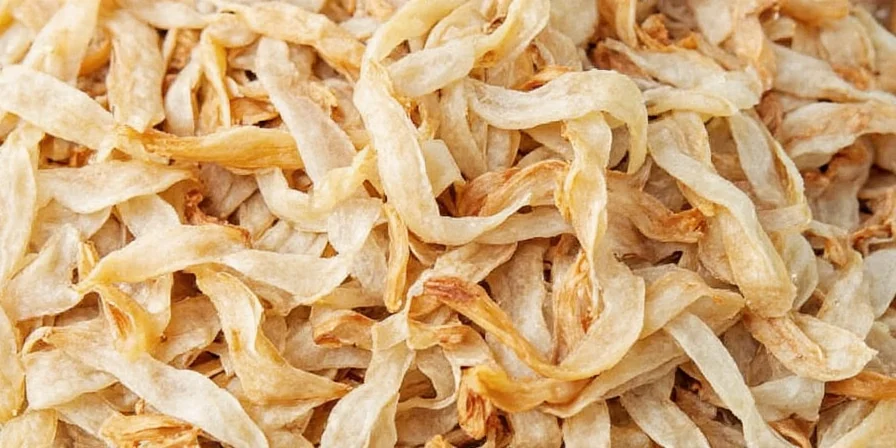
Implementation Checklist for Perfect Results
- Match dried form to recipe's thermal profile (flakes for long cooks, powder for quick)
- Adjust liquid content: Reduce by 15% when substituting for fresh onions
- Always bloom dried onions in fat before liquid addition
- Use weight measurements (grams) for critical recipes—volume varies by compaction
- Discard if sulfur aroma is weak or musty
Mastering dried-to-fresh onion conversion requires understanding how dehydration impacts flavor compounds and texture. By applying these precise ratios and storage protocols, you'll achieve professional consistency whether meal prepping or handling unexpected ingredient shortages. The key lies in matching the dried form's properties to your cooking method—not just swapping measurements.

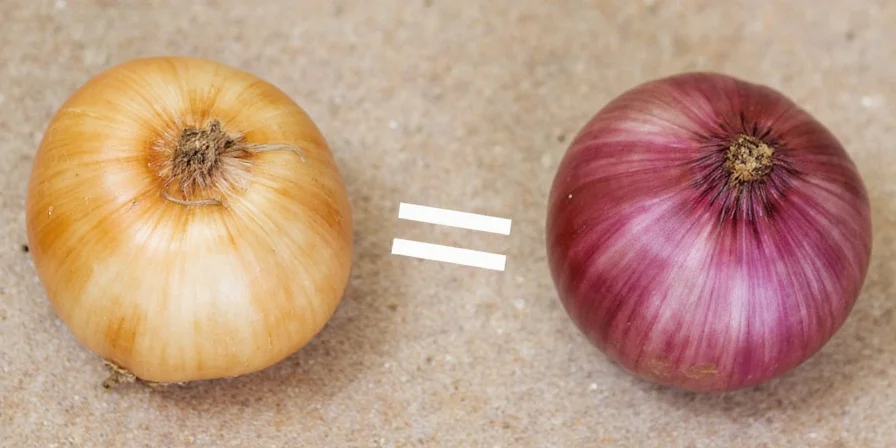









 浙公网安备
33010002000092号
浙公网安备
33010002000092号 浙B2-20120091-4
浙B2-20120091-4